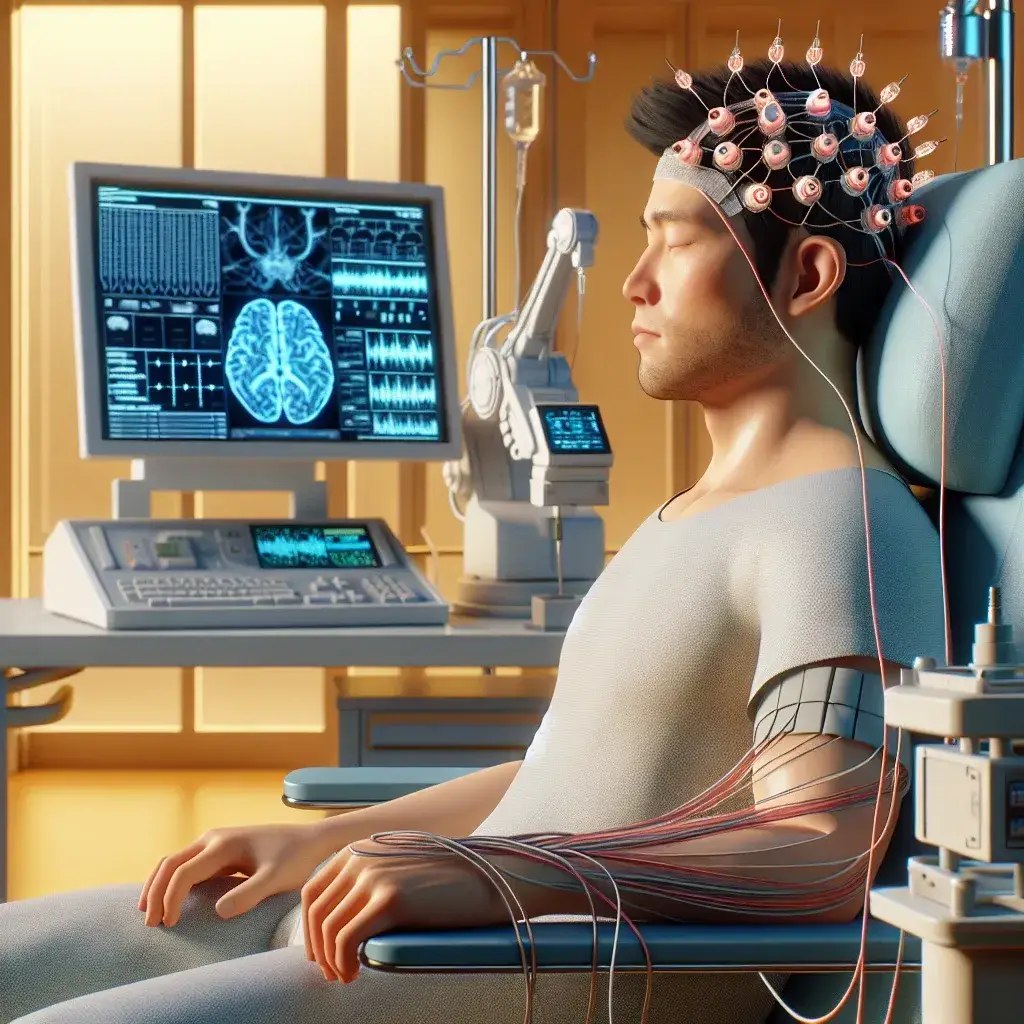Understanding Brain-Computer Interfaces
The rapid advancement of technology has ushered us into an era where innovations are transforming lives, particularly for individuals facing physical limitations. One of the most groundbreaking developments in this field is the brain-computer interface (BCI). This technology enables direct communication between the brain and external devices, such as robotic limbs, offering unprecedented opportunities for paralyzed patients to regain a semblance of independence.
The Science Behind BCIs
BCIs operate by interpreting brain signals and translating them into commands that can control external devices. At its core, a BCI system typically involves:
- Signal Acquisition: Sensors are used to capture brain activity, often through electroencephalography (EEG) or implanted electrodes.
- Signal Processing: The captured signals are analyzed and processed to extract meaningful information regarding the user’s intent.
- Device Control: The processed signals are sent to robotic limbs or other assistive devices, enabling movement based on the wearer’s thoughts.
History of Brain-Computer Interfaces
The concept of BCIs dates back to the 1960s when researchers began exploring the idea of using brain signals to control devices. However, significant progress was made in the early 2000s with the development of more sophisticated algorithms and computer technology. In 2006, a landmark study demonstrated that monkeys could control robotic arms using neural signals. This groundbreaking experiment paved the way for subsequent research and clinical trials involving human patients.
Transformative Impact on Paralysis Rehabilitation
For patients with paralysis, the ability to control robotic limbs through a BCI can drastically improve their quality of life. The benefits include:
- Restoration of Mobility: Patients can perform tasks such as grasping objects or walking, which may have been impossible due to their condition.
- Independence: With increased control over their movements, patients can engage more actively in daily activities, fostering a sense of autonomy.
- Enhanced Emotional Well-Being: Regaining control and mobility can significantly improve mental health outcomes, reducing feelings of depression and anxiety.
Real-Life Applications and Success Stories
Numerous research studies and clinical trials have showcased the potential of BCIs for individuals with paralysis. A notable example is the case of a patient named Bill Kochevar, who, after suffering a spinal cord injury, was able to control a robotic arm through a BCI. After extensive training, he could feed himself, a simple act that many take for granted but which made a profound difference in Bill’s life.
Challenges and Limitations
Despite the promising advancements, several challenges remain in the widespread adoption of BCIs for paralyzed patients:
- Technical Limitations: Current BCI systems can be limited in terms of precision and response time, affecting their usability.
- Invasive Procedures: Some of the most effective BCIs require surgical implantation of electrodes, posing risks associated with surgery.
- Cost and Accessibility: The high cost of BCI technology can make it inaccessible for many patients, limiting its availability.
The Future of Brain-Computer Interfaces
As research continues to evolve, the future of BCIs appears promising. Innovations in materials science, machine learning, and neuroscience are expected to enhance the performance of these devices. Here are some future predictions:
- Improved User Interfaces: Future BCIs may offer more intuitive control, enabling users to operate devices with minimal effort.
- Wireless Solutions: Advances in wireless technology could eliminate the need for cumbersome cables, making BCIs more user-friendly.
- Wider Applications: Beyond robotics, BCIs could be used in areas such as gaming, virtual reality, and even smart home technology, integrating seamlessly into daily life.
The Role of Rehabilitation in BCI Implementation
Implementing a brain-computer interface is not solely about technology; it also involves rehabilitation. Patients require extensive training to learn how to effectively control their robotic limbs using brain signals. Rehabilitation programs often encompass:
- Neurofeedback: Patients receive real-time feedback on their brain activity to enhance their control over the BCI.
- Physical Therapy: Combining BCI use with traditional physical therapy can improve overall muscle function and support recovery.
- Cognitive Training: Engaging patients in cognitive exercises can help refine their focus and improve their ability to control the device.
Ethical Considerations and Cultural Relevance
The advent of BCIs also raises important ethical questions regarding privacy, consent, and the implications of altering human capabilities. As society grapples with these issues, it is essential to foster discussions about the responsible use of technology, ensuring that advancements benefit all individuals without infringing on rights or privacy.
Moreover, the cultural relevance of BCIs cannot be overlooked. As technology becomes more integrated into everyday life, understanding diverse cultural perspectives on disability, autonomy, and technology will be crucial in shaping the future of BCI development.
Conclusion
The development of brain-computer interfaces represents a significant leap forward in assistive technology, offering hope to paralyzed patients seeking to regain control over their lives. As research continues to advance, the potential for BCIs to transform rehabilitation and enhance quality of life remains profound. With ongoing innovations, ethical considerations, and cultural discussions, the future holds promising possibilities for individuals impacted by paralysis, paving the way for a more inclusive and technologically empowered world.

